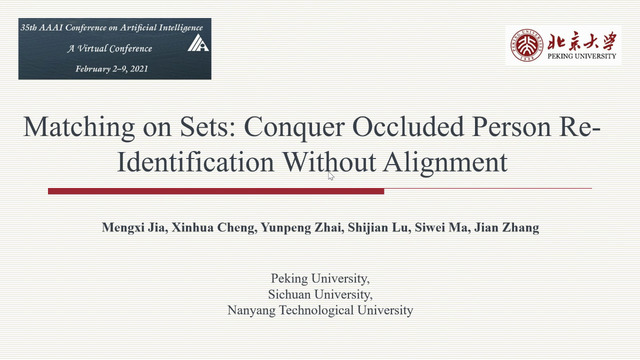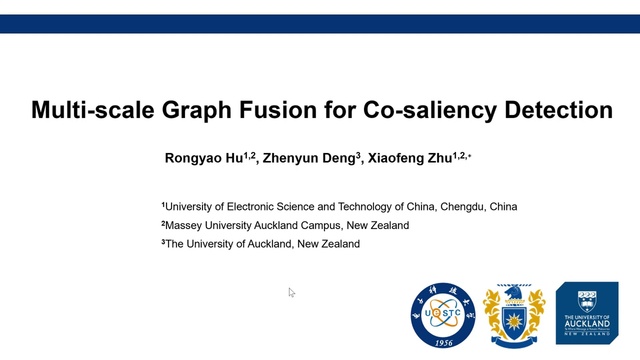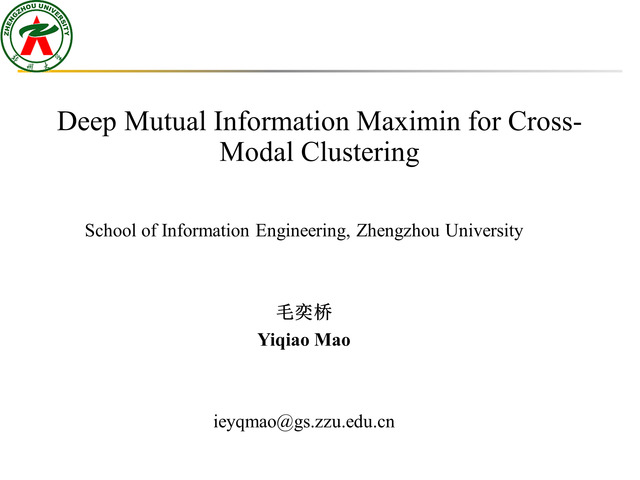Abstract:
While common approaches to automatic structural analysis of music typically focus on individual audio files, our approach collates audio features of large sets of related files in order to find a shared musical temporal structure. The content of each individual file and the differences between them can then be described in relation to this shared structure. We first construct a large similarity graph of temporal segments, such as beats or bars, based on self-alignments and selected pair-wise alignments between the given input files. Part of this graph is then partitioned into groups of corresponding segments using multiple sequence alignment. This partitioned graph is searched for recurring sections which can be organized hierarchically based on their co-occurrence. We apply our approach to discover shared harmonic structure in a dataset containing a large number of different live performances of a number of songs. Our evaluation shows that using the joint information from a number of files has the advantage of evening out the noisiness or inaccuracy of the underlying feature data and leads to a robust estimate of shared musical material.









































